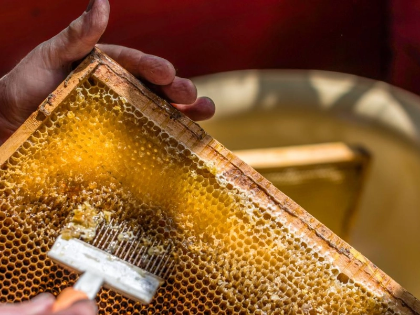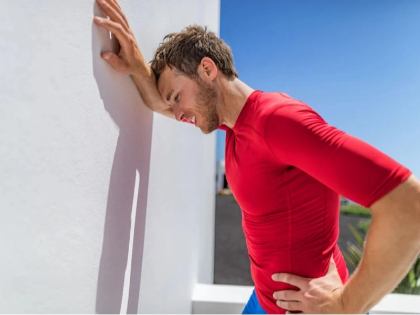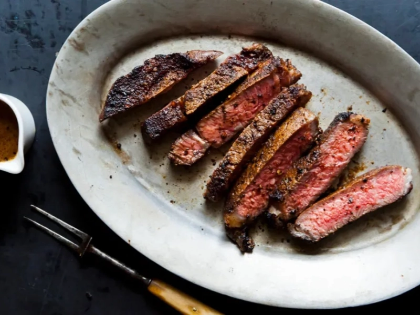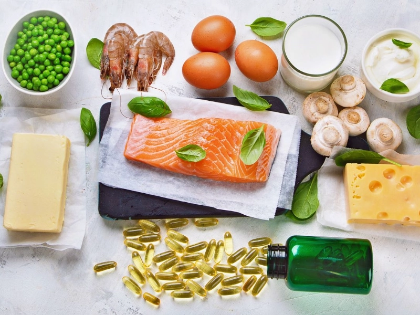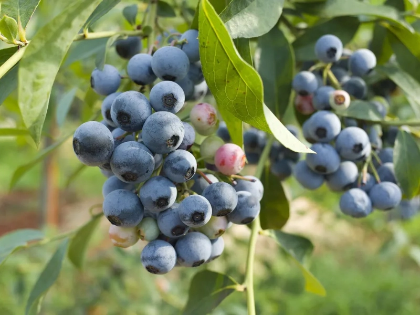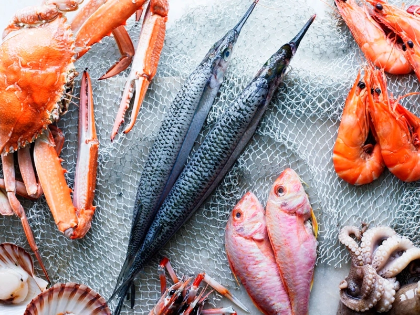Boosting Iron Absorption: The Hidden Talent of Vitamin C
Advertisement
1. The Value of Iron for Our Meal Plan Mostly in the synthesis of haemoglobin, which carries oxygen in the blood, iron is an essential mineral required for other body operations. It is absolutely important for general cellular health, immune system functioning, and energy generation. Many people all around, though, have iron deficiency, which causes anaemia and other medical problems. Particularly for some populations including pregnant women, toddlers, and those with dietary limitations, making sure one consumes enough iron is vital.
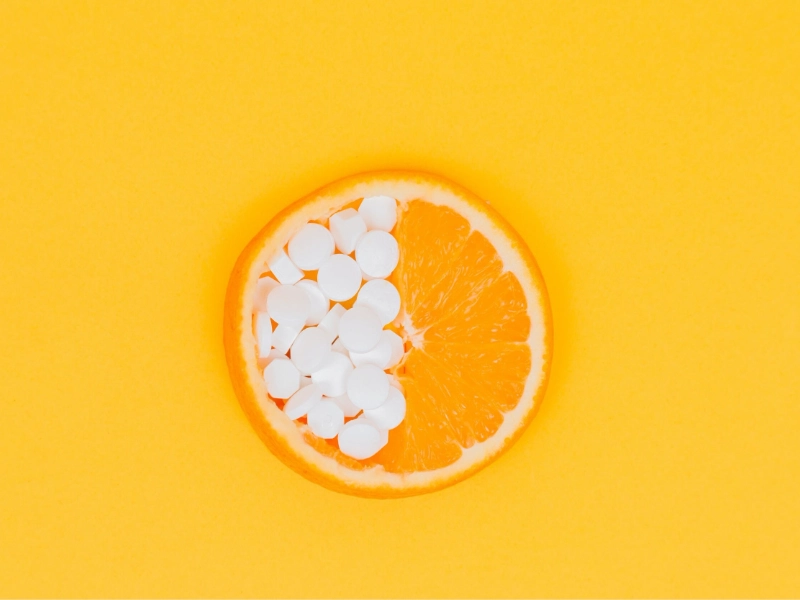
Advertisement
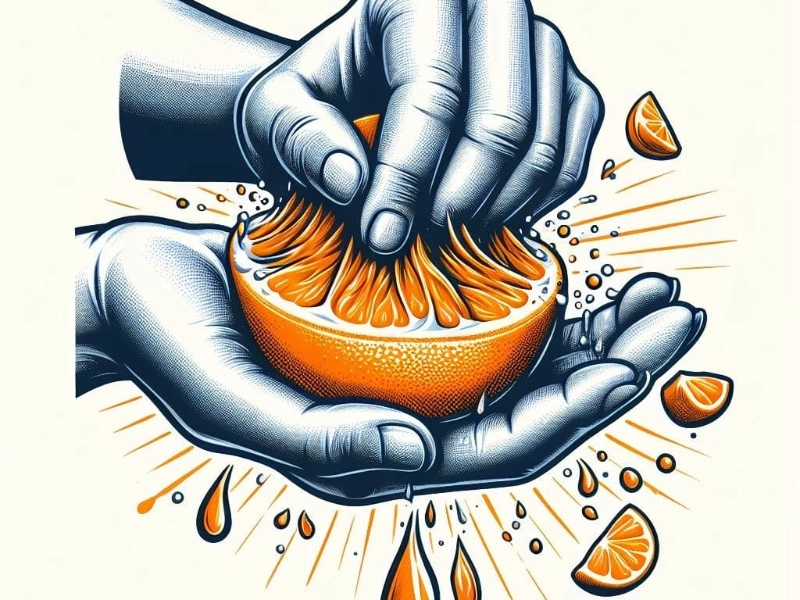 4. Food Combining for Best Absorption Combining foods heavy in iron with those strong in vitamin C helps maximise iron absorption. Excellent sources of vitamin C are foods including citrus fruits (oranges, lemons), strawberries, bell peppers, and tomatoes. To help absorb iron from these plant-based foods, for instance, toss orange slices into a spinach salad or eat a side of bell peppers with lentil stew. Iron status can be much improved with this basic approach.
5. Other nutrients influencing iron absorption Although vitamin C is mostly responsible for increasing iron absorption, several other minerals also affect this process. Some substances, like tannins in tea and coffee, can impede iron absorption. Although important for bone strength, calcium can also compete with iron for absorption, especially in high doses. Awareness of these relationships will enable people maximise their iron intake and general nutrition absorption.
4. Food Combining for Best Absorption Combining foods heavy in iron with those strong in vitamin C helps maximise iron absorption. Excellent sources of vitamin C are foods including citrus fruits (oranges, lemons), strawberries, bell peppers, and tomatoes. To help absorb iron from these plant-based foods, for instance, toss orange slices into a spinach salad or eat a side of bell peppers with lentil stew. Iron status can be much improved with this basic approach.
5. Other nutrients influencing iron absorption Although vitamin C is mostly responsible for increasing iron absorption, several other minerals also affect this process. Some substances, like tannins in tea and coffee, can impede iron absorption. Although important for bone strength, calcium can also compete with iron for absorption, especially in high doses. Awareness of these relationships will enable people maximise their iron intake and general nutrition absorption.
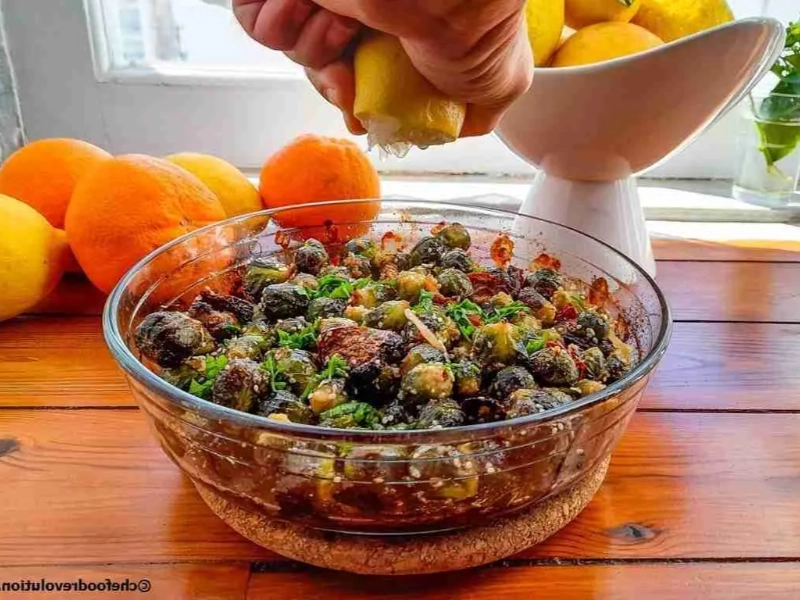 6. Effect of Cooking Techniques Furthermore influencing the bioavailability of iron in meals are cooking techniques. Cooking vegetables, for example, helps to break down cell walls and hence enhance the availability of non-heme iron. Furthermore improving iron absorption is soaking or sprouting grains and beans before cooking. These techniques increase the general nutritional value of meals in addition to iron intake.
7. A Balanced Diet's Advantages Including a range of foods into your diet will help guarantee enough iron absorption and ingestion. Along with iron, a balanced diet high in fruits, vegetables, whole grains, and lean proteins provide other vital components supporting general health. Regularly combining meals high in vitamin C with iron sources can produce a synergistic impact that increases nutrient absorption and optimises health results.
6. Effect of Cooking Techniques Furthermore influencing the bioavailability of iron in meals are cooking techniques. Cooking vegetables, for example, helps to break down cell walls and hence enhance the availability of non-heme iron. Furthermore improving iron absorption is soaking or sprouting grains and beans before cooking. These techniques increase the general nutritional value of meals in addition to iron intake.
7. A Balanced Diet's Advantages Including a range of foods into your diet will help guarantee enough iron absorption and ingestion. Along with iron, a balanced diet high in fruits, vegetables, whole grains, and lean proteins provide other vital components supporting general health. Regularly combining meals high in vitamin C with iron sources can produce a synergistic impact that increases nutrient absorption and optimises health results.
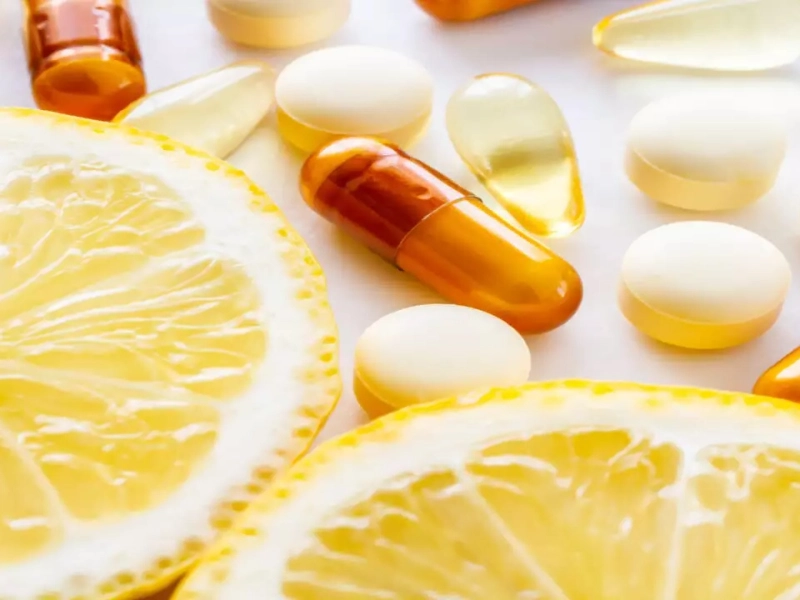 8. Understanding Iron Deficiency Signs Early diagnosis and treatment depend on an awareness of the iron deficient signs. Typical symptoms include shortness of breath, tiredness, weakness, pale complexion. See a healthcare provider for appropriate examination and direction if you believe your iron levels are low. To properly address the problem, they could advise dietary adjustments, supplements, or more testing.
9. For people depending on non-heme iron sources especially, summary vitamin C is essential for improving iron absorption. Understanding the interactions between these nutrients and including foods high in vitamin C into meals would help people considerably raise their iron level. A balanced diet, aware of food combinations and cooking techniques, can assist fight iron shortage and advance general health. These actions not only increases iron absorption but also supports a whole nutritional approach.
8. Understanding Iron Deficiency Signs Early diagnosis and treatment depend on an awareness of the iron deficient signs. Typical symptoms include shortness of breath, tiredness, weakness, pale complexion. See a healthcare provider for appropriate examination and direction if you believe your iron levels are low. To properly address the problem, they could advise dietary adjustments, supplements, or more testing.
9. For people depending on non-heme iron sources especially, summary vitamin C is essential for improving iron absorption. Understanding the interactions between these nutrients and including foods high in vitamin C into meals would help people considerably raise their iron level. A balanced diet, aware of food combinations and cooking techniques, can assist fight iron shortage and advance general health. These actions not only increases iron absorption but also supports a whole nutritional approach.
Advertisement

